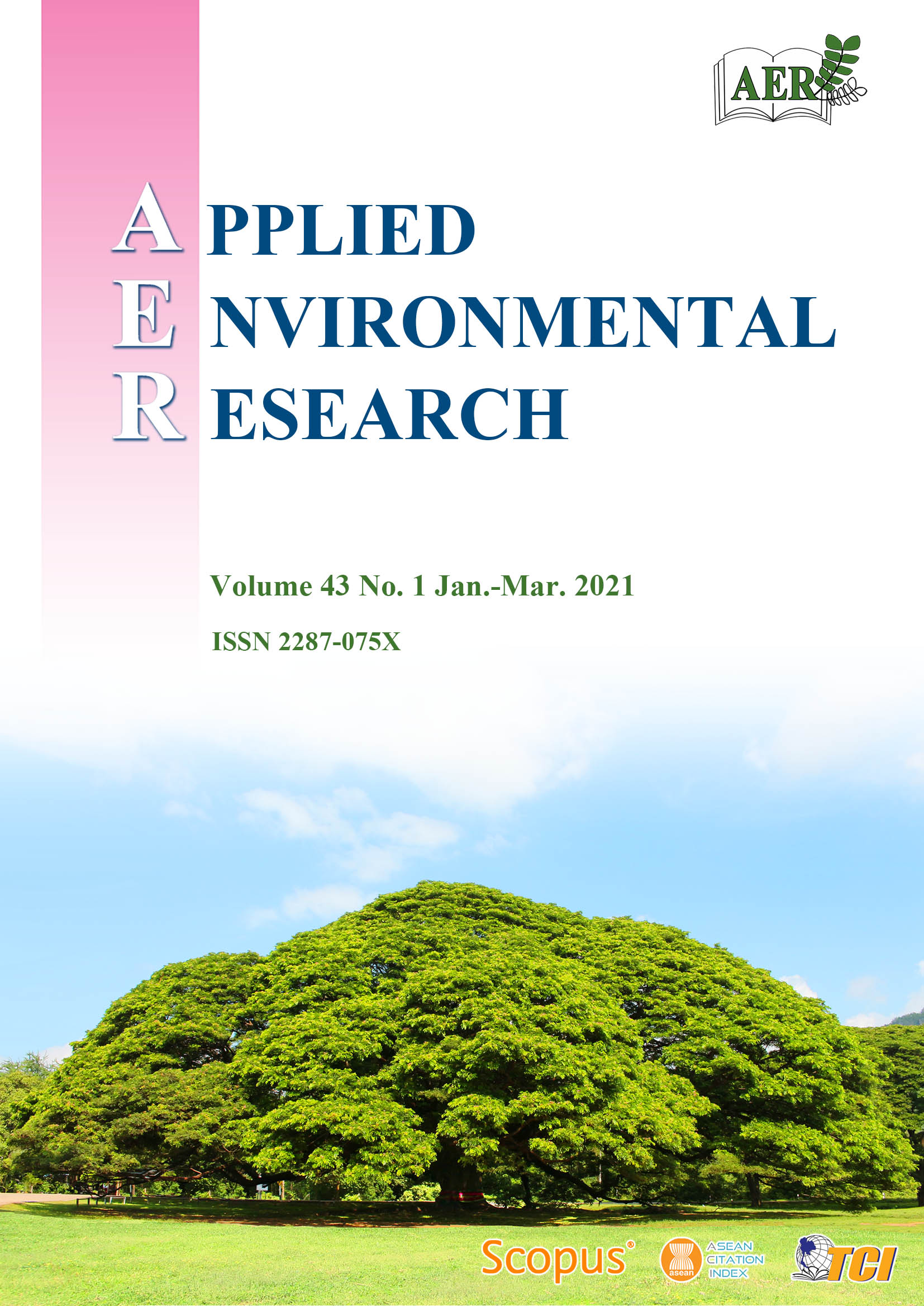The Spatial Variability of Soil Physical Properties of Different Sized-gap in a Subtropical Forest, China
Main Article Content
Abstract
Gap areas create heterogeneity in the spatial environment, which is important to plant regeneration and diversity. Soil physical properties (SPP) are factors that affect plant growth. This study aims to assess the spatial variability of SPP in different gap sizes and to determine the effect of gap size on SPP. We used geostatistical analysis to illustrate the spatial patterns of SPP variability within 9 gaps, classified into three sizes (small, medium, and large) and under the canopy at the Castanopsis kawakamii natural reserve forest, the soil samples were collected entire gap area at 20 cm depth with the grid system (resolution: 3 m × 3 m). The following SPPs were determined using soil cores: soil bulk density (SBD), soil water mass content (SWMC), soil volumetric moisture content (SVMC), maximum moisture capacity (MMC), capillary water capacity (CWC), minimum water-holding capacity (MWHC), soil capillary porosity (SCP), and soil total porosity (STP). We found that every SPP, except SCP and STP, significantly differed with gap size. Gap sizes generally improved the SPPs, especially in the small and large gaps, indicating that the soil there was more suitable for plant growth than the soil under the canopy. The highest spatial variability of SPPs was observed in the large gaps. Gap size affected SPP and its spatial variability. The results from this study will be useful for work on forest gap regeneration and conservation, especially around the study site.
Article Details

This work is licensed under a Creative Commons Attribution-NonCommercial 4.0 International License.
Published articles are under the copyright of the Applied Environmental Research effective when the article is accepted for publication thus granting Applied Environmental Research all rights for the work so that both parties may be protected from the consequences of unauthorized use. Partially or totally publication of an article elsewhere is possible only after the consent from the editors.

